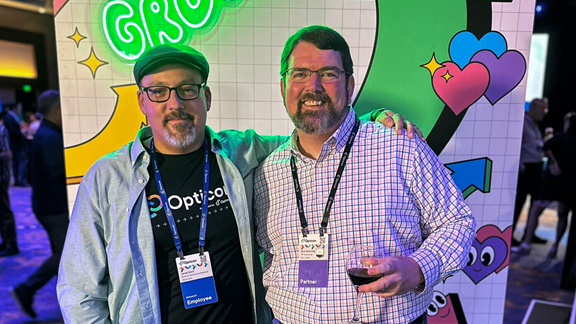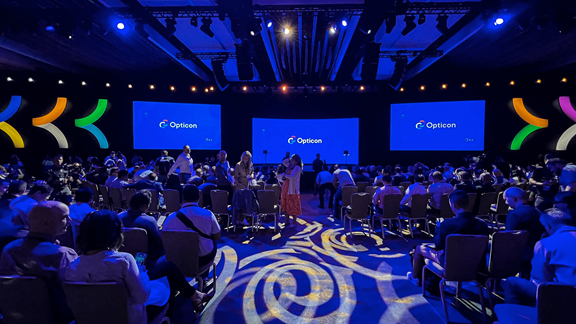Building a business case for a bank's senior leadership team

Opticon 2022
I recently had the opportunity to attend a session at the Optimizely Opticon 2022 Customer Conference in San Diego. It featured a fascinating discussion about a regional bank’s success in implementing several new technology-related products to enhance customer experiences. Specifically, the team was able to deliver content recommendations and experimentation features that nudge its customer journeys toward starting actual conversations with financial advisors and bank representatives.
The session was packed with great insights, so I wanted to take a quick moment to reflect on its lessons for other financial institutions (and customers of all types) that might be looking to do something similar.




